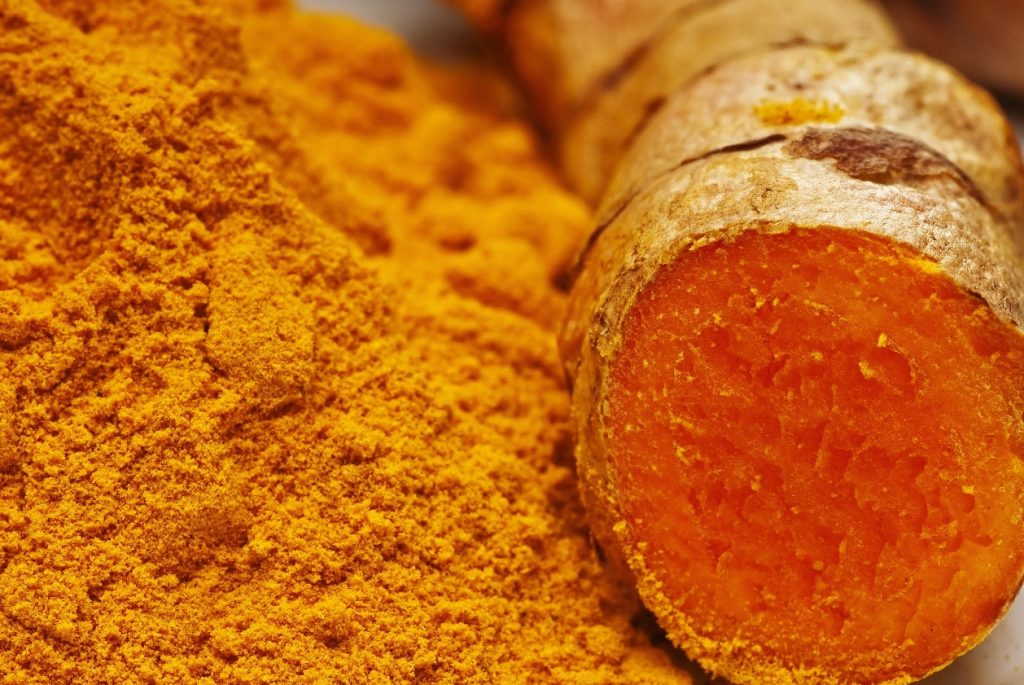
Curcumin, a derivative of the Indian spice, turmeric (used in curry powder) is active against many forms of cancer including leukemia and lymphoma, gastrointestinal cancers, genitourinary cancers, breast cancer, ovarian cancer, head and neck squamous cell carcinoma, lung cancer, melanoma, neurological cancers, and sarcoma. It interferes with the ability of cancerous tumours to generate a blood supply (angiogenesis); increases the self-destructive capacity of cancer cells (apoptosis); slows down cell division in cancer cells; decreases the invasiveness of cancer cells; decreases the tendency of cancer cells to spread or metastastize; and decreases inflammation, which can otherwise prime cancer to grow. It can interfere with the effectiveness of chemotherapy (so should not be used during chemo) but can decrease the redness and inflammation from radiation, and can safely be used during and after radiation treatments.
- Curcumin and cancer: an “old-age” disease with an “age-old” solution.
- Curcumin inhibition of integrin (alpha6beta4)-dependent breast cancer cell motility and invasion.
- Curcumin inhibits cell proliferation of MDA-MB-231 and BT-483 breast cancer cells mediated by down-regulation of NFkappaB, cyclinD and MMP-1 transcription.
- Curcumin inhibits proliferation and migration by increasing the Bax to Bcl-2 ratio and decreasing NF-kappaBp65 expression in breast cancer MDA-MB-231 cells.
- Curcumin inhibits proliferation, invasion, angiogenesis and metastasis of different cancers through interaction with multiple cell signaling proteins.
- Curcumin inhibits telomerase activity through human telomerase reverse transcritpase in MCF-7 breast cancer cell line.
- Dietary curcumin inhibits chemotherapy-induced apoptosis in models of human breast cancer.
- EF24, a novel curcumin analog, disrupts the microtubule cytoskeleton and inhibits HIF-1.
- Expression profiles of apoptotic genes induced by curcumin in human breast cancer and mammary epithelial cell lines.
- New curcumin analogues exhibit enhanced growth-suppressive activity and inhibit AKT and signal transducer and activator of transcription 3 phosphorylation in breast and prostate cancer cells.



